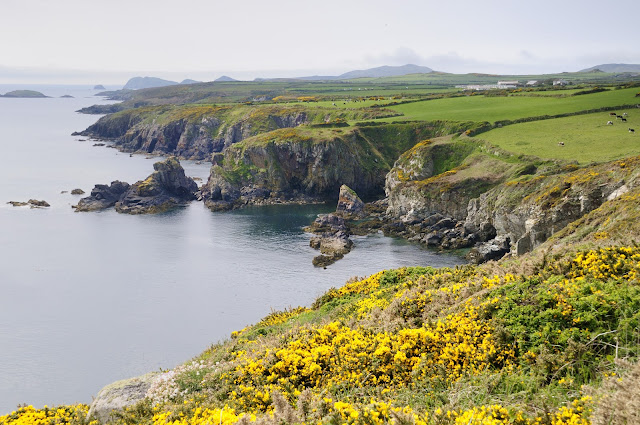Brighton and The White Cliffs

We have been to Brighton previously to see a couple of concerts but had not stayed in the daytime to explore. So, a trip to Brighton, and a visit to those White Cliff just along the coast. Accomodation for the trip was absolute rubbish!. Definitely not staying there again! Enough of that, some images of the seafront. The Brighton West Pier On 28th March 2003 the Pavilion was destroyed in an arson attack, and then on 11th May the Concert Hall, already seriously damaged in a huge storm the previous December, was also deliberately set on fire. English Heritage was commissioned to report on whether after such damage, the restoration was still viable. It concluded that despite the significant damage, given the wealth of salvaged material from the pier and the considerable photographic and video archive, repair and reconstruction of the pier was still viable. It was therefore bitterly disappointing that at its meeting on 28th January, the Heritage Lottery Fund decided to ...



